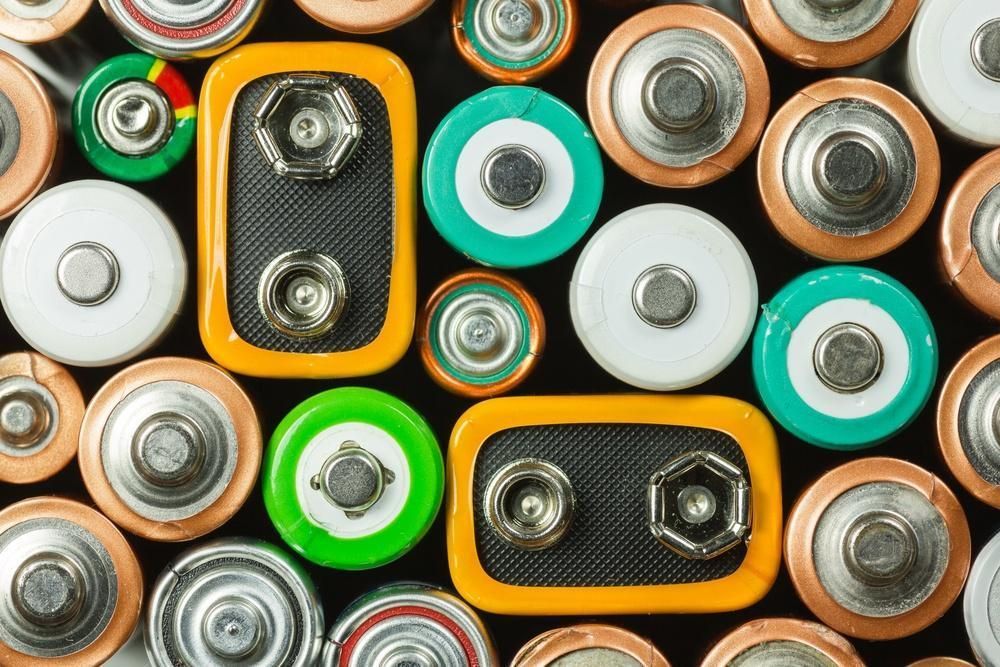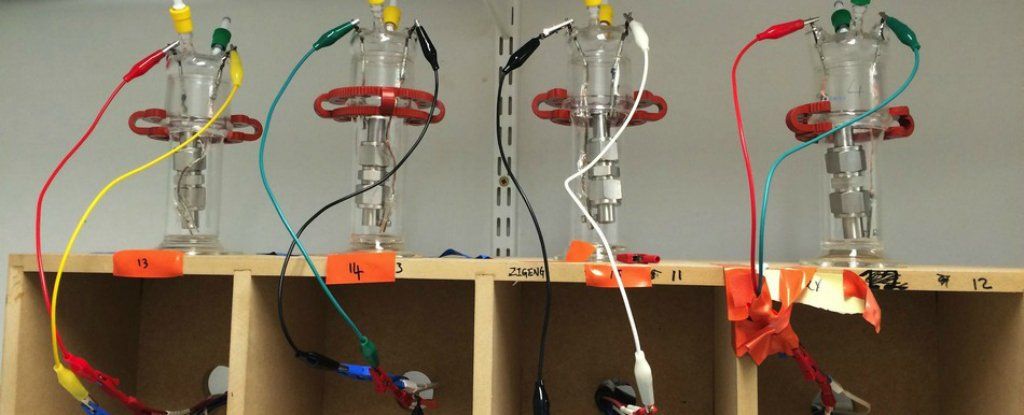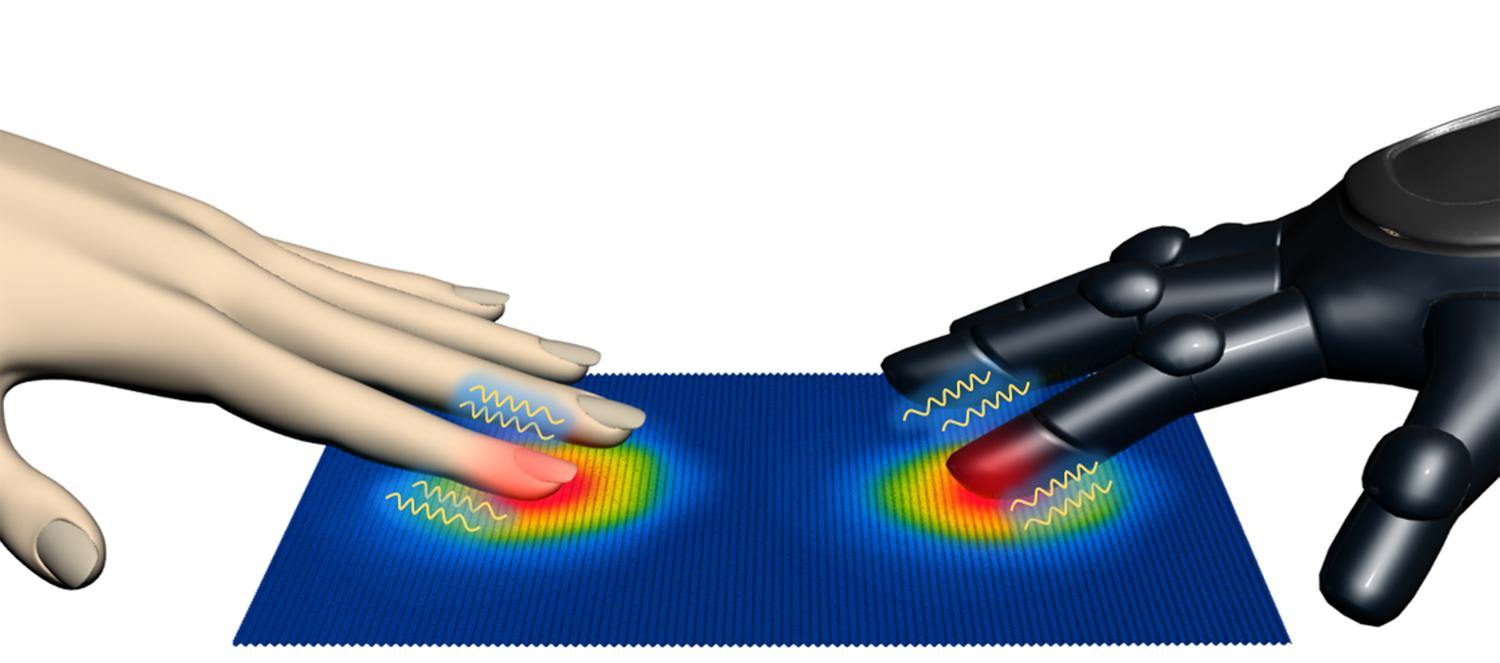This is what technological progress looks like.
Category: mobile phones – Page 236
Taiwanese PC manufacturer Asus says it’s building an augmented reality device and aims to release it next year. According to a report from CNET, Asus CEO Jerry Shen confirmed the plans during an earnings call on Wednesday, arguing that augmented reality or AR will be more useful than virtual reality. “You can make a real setting meld together with yourself and the AR portion,” said Shen. “Internally, we are talking about how to prepare.”
Unlike VR, augmented reality doesn’t show you a completely fabricated view, but instead overlays digital elements onto the real world. The current frontrunner in this nascent field is Microsoft’s HoloLens, which the company has shown off in a range of impressive demos. However, the HoloLens is hampered by a number of problems, including bulkiness, constrained viewing angles, and a high price tag, with Microsoft releasing a $3,000 HoloLens developer kit in the first quarter of 2016. (By comparison, Samsung’s Gear VR, a virtual reality headset powered by the company’s smartphones, became available for preorder this week for just $99.) Asus has previously hinted that it might build its own version of the HoloLens, but as a company best known for its budget laptops, tablets, and smartphones, we wouldn’t expect it to match Microsoft’s price.
Despite the lack of unknowns surrounding Asus’s announcement, it’s still interesting to see a company align itself with augmented, rather than virtual, reality. The Verge’s Adi Robertson has argued that the complete immersion of VR makes it difficult for multitasking, and that augmented reality, by comparison, is more practical. Asus apparently agrees. “We think AR will be very important for people’s lives,” said Shen according to CNET. “It should be next year when we come out with a product.”
Smartphones, laptops, and all manner of electronics have advanced by leaps in bounds over the past few decades, but an essential component of most of them — the battery, or more precisely the lithium-ion battery — hasn’t. The technological remnant of the mid-’90s has a tendency to degrade and isn’t particularly efficient, which is why scores of researchers have spent years pursuing alternatives. Until now, though, practical limitations — i.e., physical dimensions and mass manufacturing constraints — have permanently relegated many to laboratories. But a new design, a refinement of so-called lithium-air design by scientists at the University of Cambridge, looks to be one of the most feasible yet.
Lithium-air (Li-air) batteries have been around for a while — chemist K. M. Abraham is credited with developing the first rechargeable variant in 1995 — but they’ve never been considered very practical. That’s because they use carbon as an electron conductor instead of the metal-oxide found in conventional Li-ion batteries, and generate electricity from the reaction of oxygen molecules and lithium molecules, a process which leads to the production of electrically resistant lithium peroxide. As the lithium peroxide builds up, the power-producing reaction diminishes until it eventually ceases completely.
Related: Why batteries suck, and the new tech that might supercharge them.
NASA’s announcement in late September that it found evidence of flowing water on Mars was only the beginning of the revelations that will be the result of its current Mars mission. The organization’s exploratory mission carried out by the Mars Atmosphere and Volatile Evolution (MAVEN) spacecraft began with the intention of examining Mars’ atmosphere to an extent that had never before been possible, and now NASA is about to reveal what it is calling key science findings on the “fate Mars’ atmosphere.”
MUST READ: The first thing everyone needs to do with a new iPhone 6s
NASA is being very tight-lipped about its upcoming announcements, which are scheduled to be made beginning at 2:00 p.m. EST / 11:00 a.m. PST on Thursday, November 5th. If you’re interested in NASA’s current mission though — and you certainly should be — you’ll be able to find out what NASA has in store for us the very same moment that the rest of the world does, because NASA will broadcast its special news conference live on the web.
A new lithium-air battery created by researchers at the University of Cambridge points the way to the ultimate battery packs of the future, its makers say. With a very high energy density, more than 90 percent efficiency and the capability for more than 2,000 recharge cycles, the new test battery could prove an important stepping stone in the development of this essential technology.
If you’re getting tired of announcements about breakthroughs in battery technology, that’s understandable: as they’re so essential to modern life, many teams of scientists are busy working on the problem around the clock, but it’s an incredibly complex area of chemistry. Any new battery has to improve on what we already have, be safe to use in consumer gadgets, and be commercially viable enough to be affordable for manufacturers.
Those are difficult targets to hit, and that’s why many ‘miracle’ batteries have since fallen by the wayside – once the initial lab work is done, proving concepts and scaling up production is very difficult to get right. The potential rewards are huge though, not just for smartphones but for electric cars and solar power, where batteries are essential for storing energy to use when the sun isn’t shining.
A team of researchers with Ulsan National Institute of Science and Technology and Dong-A University, both in South Korea, has developed an artificial skin that can detect both pressure and heat with a high degree of sensitivity, at the same time. In their paper published in the journal Science Advances, the team describes how they created the skin, what they found in testing it and the other types of things it can sense.
Many scientists around the world are working to develop artificial skin, both to benefit robots and human beings who have lost skin sensation or limbs. Such efforts have led to a wide variety of artificial skin types, but until now, none of them have been able to sense both pressure and heat to a high degree, at the same time.
The new artificial skin is a sandwich of materials; at the top there is a flexible surface meant to mimic the human fingerprint (it can sense texture), beneath that sit sensors sandwiched between graphene sheets. The sensors are domed shaped and compress to different degrees when the skin is exposed to different amount of pressure. The compression also causes a small electrical charge to move through the skin, as does heat or sound, which is also transmitted to sensors—the more pressure, heat or sound exerted, the more charge there is—using a computer to measure the charge allows for measuring the degree of sensation “felt.” The ability to sense sound, the team notes, was a bit of a surprise—additional testing showed that the artificial skin was actually better at picking up sound than an iPhone microphone.
Think of all the possibilities!
Mind control has been a topic of many great suspense and science fiction movies until recent. Now, an emotion altering device that will work in conjunction with a smart phone app is now being developed by Thync, and is slated for release to the public in 2015.
Thync announced on Oct. 8 that it’s raised $13 million from financial contributors to develop technology combining neuroscience and consumer electronics.
“This is an avenue for people to call up their best stuff on demand,” says Isy Goldwasser, Thync’s chief executive officer and co-founder. “It’s a way for us to overcome our basic limitation as people. It lets us call up our focus, our calm, and creativity when we need it.”
Cellphone Microscope, UCLA
Posted in biotech/medical, health, mobile phones
Aydogan Ozcan is a Professor of Electrical Engineering at UCLA’s California NanoSystems Institute. Follow him around UCLA’s campus as he discusses wireless health and demonstrates detecting malaria, tuberculosis, and other diseases with a cell phone!







